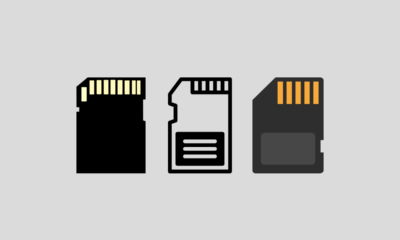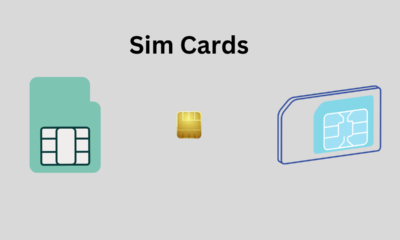Mac
How to Copy & Paste Edits to Photos on Mac
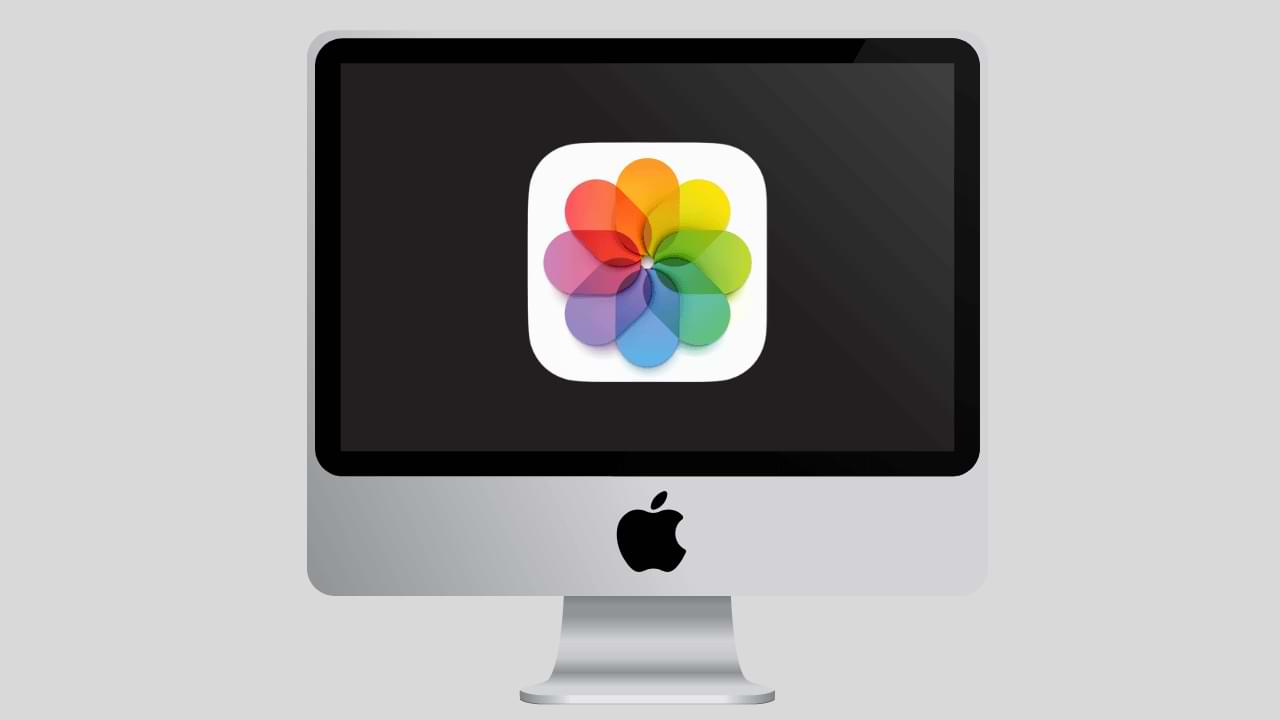
Copying and pasting edits to photos on a Mac can be a time-saving technique for those who often need to apply similar adjustments to multiple photos. Here is a step-by-step guide to copy and paste edits from one photo to another on a Mac:
- Open Photos app: The Photos app is the default photo management software for Mac computers. Open it by clicking the Photos icon in the Launchpad or by searching for it using Spotlight.
- Select the Source Photo: Choose the photo that you have already made edits to and want to copy the adjustments from.
- Click “Edit” button: Once the source photo is selected, click the “Edit” button located in the top right corner of the Photos window.
- Copy Edits: To copy the edits, click the “File” menu and then select “Duplicate” or press “Cmd+D”. A duplicate copy of the photo will appear in the Photos library.
- Select the Destination Photo: Next, select the photo to which you want to paste the edits.
- Click “Edit” button: As in step 3, click the “Edit” button to open the editing tools for the destination photo.
- Paste Edits: Now, click the “File” menu and select “Paste Adjustments” or press “Cmd+Option+V”. The adjustments from the source photo will now be applied to the destination photo.
- Save Changes: After pasting the edits, make sure to save the changes to the destination photo by clicking the “Done” button in the top right corner of the Photos window.
Note: The “Paste Adjustments” feature is only available on Photos app version 3.0 or later. If you have an older version, you may need to update the Photos app to take advantage of this feature.
By following these simple steps, you can easily copy and paste edits from one photo to another on your Mac. This can save time and effort, especially when making similar adjustments to multiple photos.
Mac
How to Access System Report on MacOS Ventura
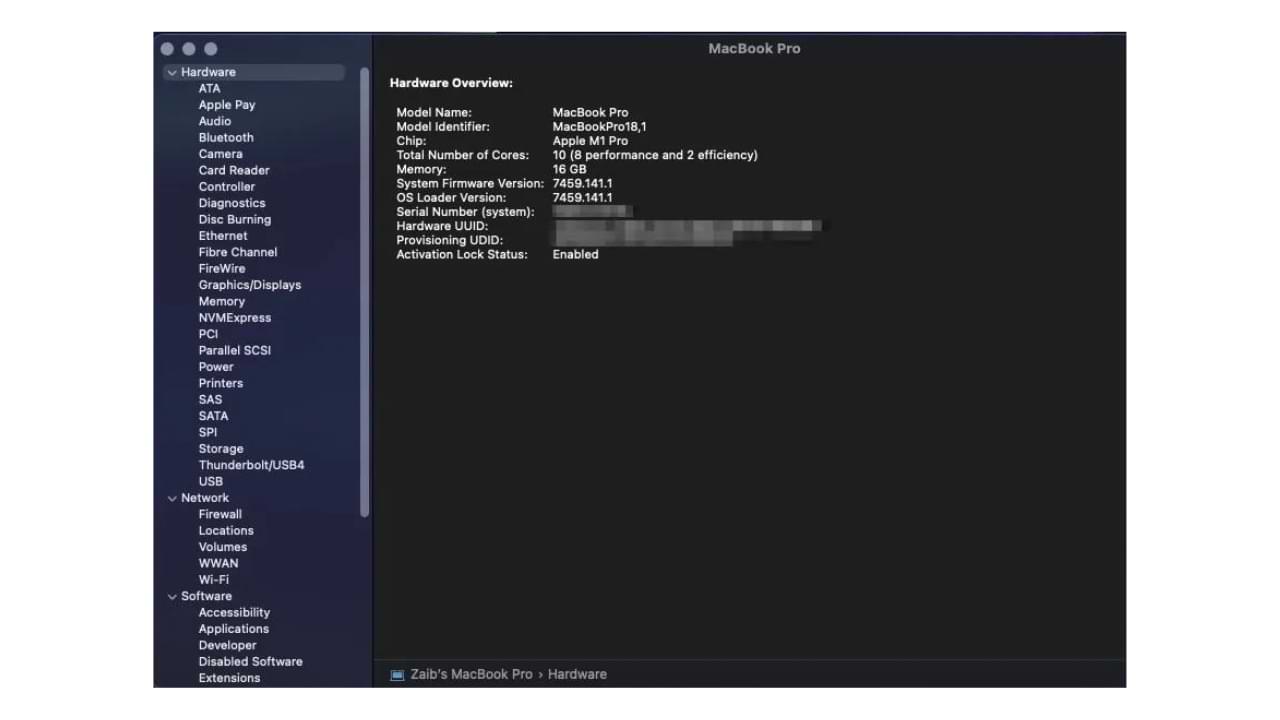
Accessing the System Report on a MacOS Ventura can provide you with useful information about your device, including its hardware and software specifications, performance, and usage statistics. This information can be especially useful if you are troubleshooting an issue, trying to upgrade your device, or just want to know more about your computer.
Here’s a step-by-step guide on how to access the System Report on a MacOS Ventura:
Step 1: Open the Apple Menu
The first step to accessing the System Report is to open the Apple menu located in the top-left corner of your screen. Click on the Apple logo to open the menu.
Step 2: Choose “About This Mac”
Once the Apple menu is open, select “About This Mac” from the options. This will open a window that displays basic information about your MacOS Ventura, such as the operating system version, processor type, and memory.
Step 3: Click on “System Report”
At the bottom of the “About This Mac” window, there is a button labeled “System Report”. Click on this button to open the System Report.
Step 4: Browse the System Report
The System Report contains a wealth of information about your MacOS Ventura. You can browse through the report by clicking on the various categories listed on the left side of the window. Some of the categories you may want to check out include:
- Hardware: This section provides detailed information about the hardware components of your device, including the processor, memory, storage, and other peripherals.
- Software: This section provides information about the software installed on your MacOS Ventura, including the operating system version, installed applications, and other software.
- Network: This section provides information about your device’s network connections, including Wi-Fi, Ethernet, and other network devices.
- Power: This section provides information about your device’s power usage and battery performance.
Step 5: Save the System Report
If you need to save the System Report for later reference, you can do so by clicking on “File” in the menu bar and selecting “Save”. This will allow you to save a copy of the report as a text file on your computer.
In conclusion, accessing the System Report on a MacOS Ventura can provide you with valuable information about your device, and can be a helpful tool for troubleshooting, upgrading, or just getting to know your computer better. By following these steps, you can easily access and save the System Report on your MacOS Ventura.
Mac
How to Change the Undo Send Delay on Mac Mail

Mac Mail is a powerful email client that comes built-in with the latest version of macOS. It offers a wide range of features that make email management a breeze. One of its most useful features is the “Undo Send” option, which allows you to recall a sent email within a few seconds of sending it.
By default, the undo send delay on Mac Mail is set to 10 seconds, but this setting can be changed based on your preference. In this article, we will be discussing the steps involved in changing the undo send delay on Mac Mail.
Step 1: Launch Mac Mail
To begin, launch the Mac Mail application on your Mac.
Step 2: Go to Preferences
Next, click on the Mail menu in the top left corner of the screen and select “Preferences“. This will open the Mail preferences window.
Step 3: Select “Composing”
In the preferences window, click on the “Composing” tab. This tab contains all the settings related to composing and sending emails in Mac Mail.
Step 4: Change Undo Send Delay
Under the “Undo Send Delay” section, you will see the current delay setting. You can change this setting by using the drop-down menu to select a different value. The values range from 10 seconds to 120 seconds.
Step 5: Save Changes
Once you have selected the desired delay setting, close the preferences window by clicking on the “OK” button. Your changes will be saved automatically.
Step 6: Test the New Delay
To test the new undo send delay, send an email and try to recall it within the new delay time. You should be able to recall the email by clicking on the “Undo Send” option in the top right corner of the screen.
In conclusion, changing the undo send delay on Mac Mail is a simple process that can be done within a few minutes. By increasing the delay, you can give yourself more time to recall a sent email in case you made a mistake. This can save you from potential embarrassment and improve your email management experience.
Mac
Fix File Sharing Not Working in MacOS Ventura
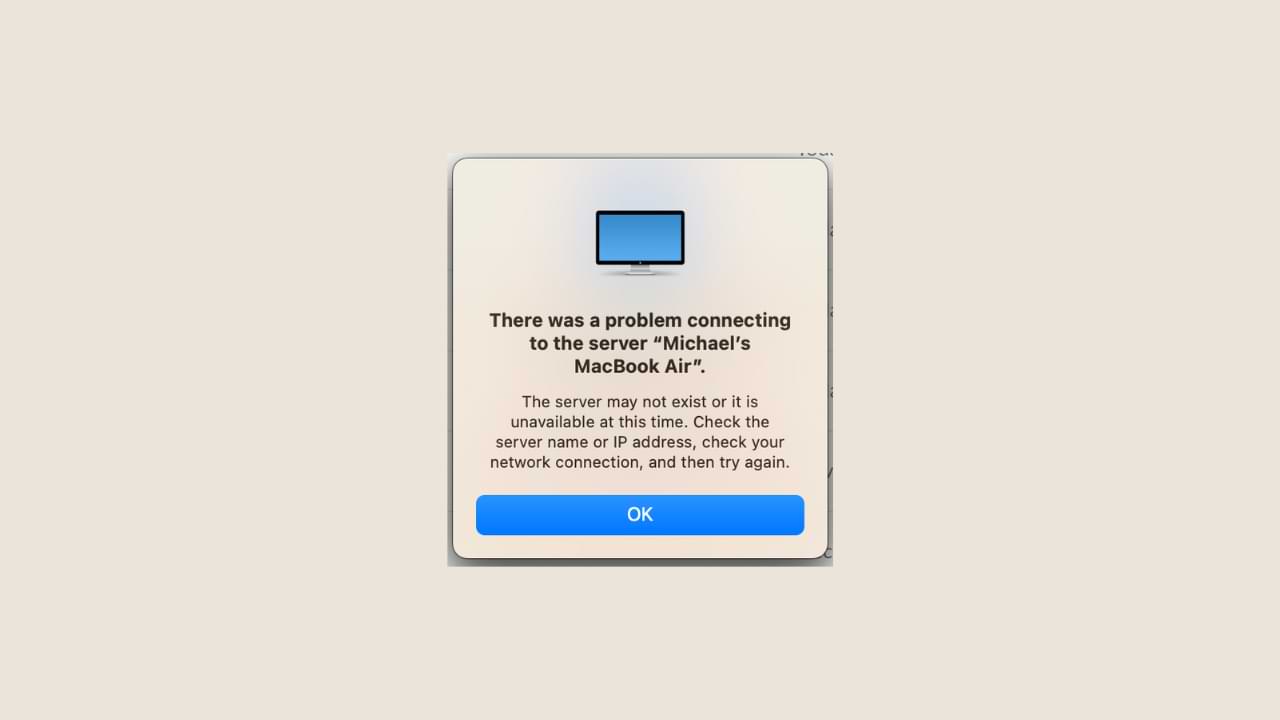
File sharing is a vital feature in macOS Ventura, as it allows multiple users to access and share files on a network. This feature makes it easy for team members to work on a project and collaborate effectively, especially when working from different locations. However, at times, file sharing may stop working, causing inconvenience and frustration. In this article, we will provide you with a step-by-step guide to fix file sharing not working in MacOS Ventura.
Before we begin, it’s essential to understand that there are several reasons why file sharing may stop working. These reasons include network issues, incorrect settings, and even malware infections. Therefore, it’s important to follow the steps carefully to diagnose and resolve the problem.
Step 1: Check the Network Connection
The first step in fixing file sharing not working in MacOS Ventura is to check the network connection. Make sure that both the computer and the device you’re trying to share files with are connected to the same network. You can check this by opening the System Preferences and selecting the Network option. From there, you’ll be able to see the active network connections and their status. If the status shows that you’re not connected, try to connect to the network again.
Step 2: Restart the MacOS Ventura
If the network connection is not the issue, then restarting the MacOS Ventura computer can help to resolve file-sharing problems. Sometimes, a simple restart can resolve any conflicts and allow file sharing to work correctly again. To restart your MacOS Ventura computer, select the Apple menu and then click the Restart option. Wait for the computer to restart and then try to share files again.
Step 3: Enable File Sharing
File sharing may not work if it’s not enabled on your MacOS Ventura computer. To enable file sharing, go to System Preferences and select the Sharing option. From there, you’ll be able to see a list of services that can be shared, including File Sharing. If File Sharing is not enabled, click the checkbox next to it to enable it.
Step 4: Check the Firewall Settings
Another reason why file sharing may not work is due to the firewall settings. The firewall is a security feature that protects your computer from unauthorized access. Sometimes, the firewall settings may block file sharing, causing it not to work. To check the firewall settings, go to System Preferences and select the Security & Privacy option. From there, go to the Firewall tab and make sure that the firewall is turned off. If it’s turned on, turn it off temporarily and then try to share files again.
Step 5: Check the Sharing Permissions
File sharing may not work if the sharing permissions are not set correctly. To check the sharing permissions, right-click on the file or folder you want to share and select the Get Info option. From there, go to the Sharing & Permissions section and make sure that the appropriate users have read and write access. If not, click the lock icon at the bottom of the window to make changes, and then click the gear icon and select the Apply to Enclosed Items option.
Step 6: Check for Software Updates
File sharing may not work if your MacOS Ventura computer is running an outdated version of the operating system. Software updates often contain bug fixes and security updates that can resolve file-sharing issues. To check for software updates, go to System Preferences and select the Software Update option. If there are any updates available, install them and then try to share files again.
Step 6: Reset SMB
SMB (Server Message Block) is a protocol used for file sharing on Mac computers. If file sharing is not working, it’s possible that the SMB settings are causing the problem. To reset SMB, you can use the Terminal app. Open Terminal (Applications > Utilities > Terminal) and enter the following command:
sudo launchctl unload -w /System/Library/LaunchDaemons/com.apple.smbd.plist
Then, enter the following command:
sudo launchctl load -w /System/Library/LaunchDaemons/com.apple.smbd.plist
This will reset SMB and may help fix file-sharing issues.
Step 7: Check Router Settings
If file sharing is still not working, it’s possible that the problem is with your router. Check the router settings and make sure that file sharing is enabled. You may also need to configure port forwarding or set up a static IP address for your Mac. If you are unsure about how to do this, consult the router manual or contact the manufacturer for assistance.
-

 Phones5 years ago
Phones5 years agoApple iPhone 11 (2019) – Release, Info, Leaks, Rumors
-
![Huawei's New Operating System is HarmonyOS [ Officially ],harmony os,huawei new operating system, huawei harmony OS,](https://www.thedigitnews.com/wp-content/uploads/2019/08/Screenshot__2285_-removebg-preview-2-1-400x240.png)
![Huawei's New Operating System is HarmonyOS [ Officially ],harmony os,huawei new operating system, huawei harmony OS,](https://www.thedigitnews.com/wp-content/uploads/2019/08/Screenshot__2285_-removebg-preview-2-1-80x80.png) Phones5 years ago
Phones5 years agoHuawei New Operating System is HarmonyOS [ Officially ]
-

 News5 years ago
News5 years agoBelle Delphine bath water – Instagram Model Sells Used Bathwater For 30$ To Their Loyal Followers
-

 Tech5 years ago
Tech5 years agoLevi’s Bluetooth Jacket Lets You Control Your Smartphone












